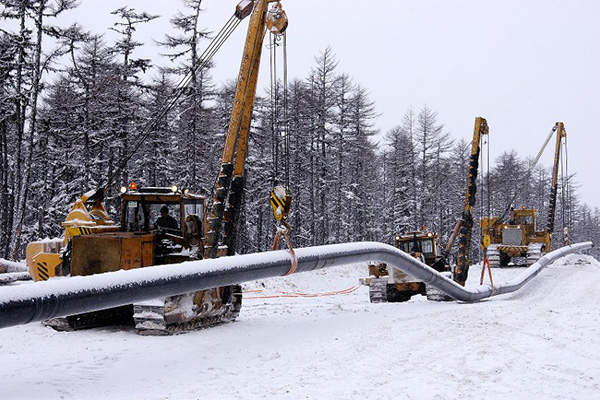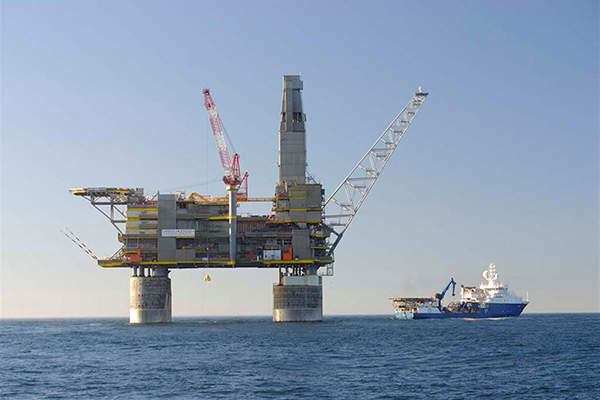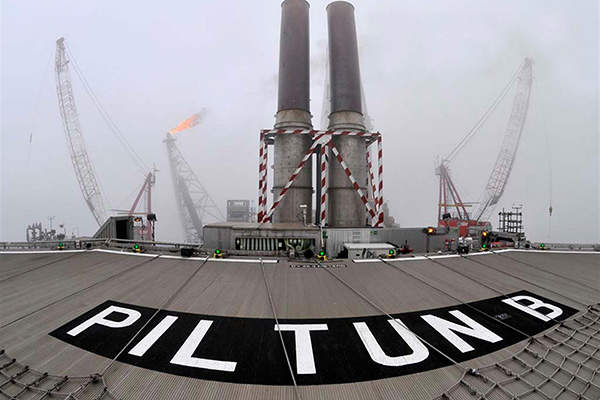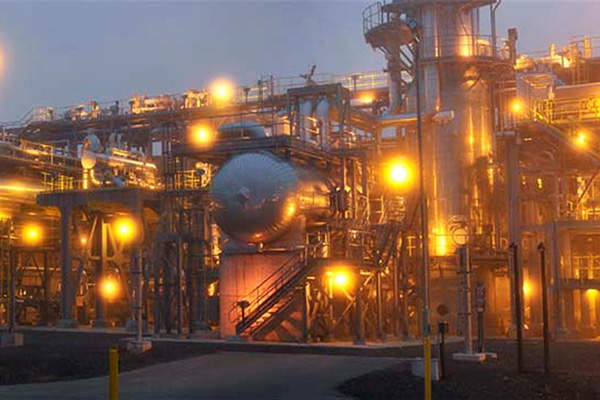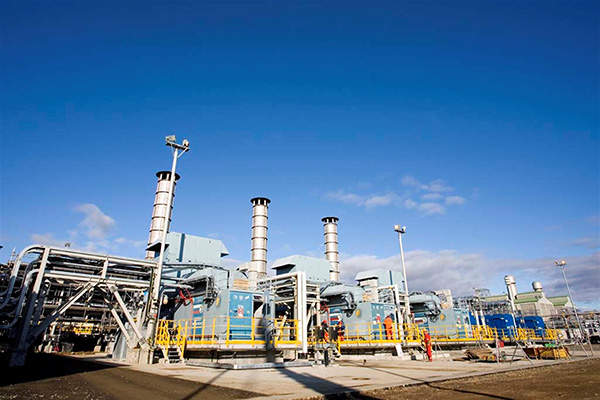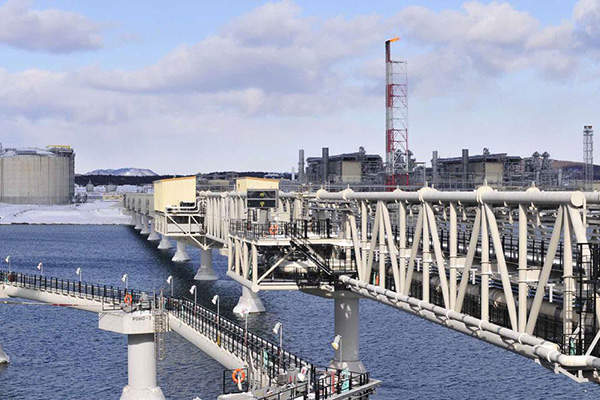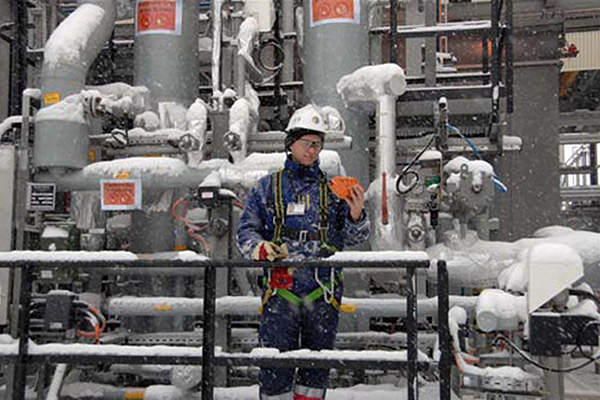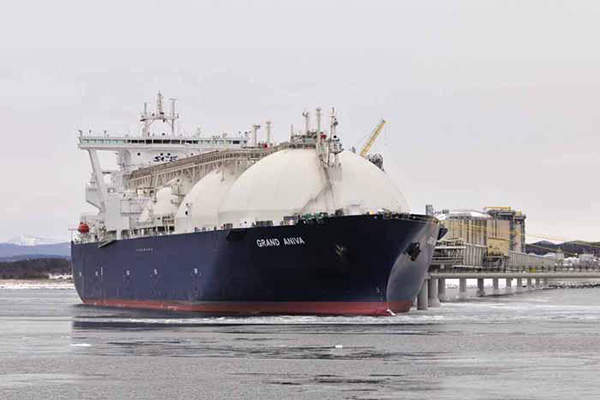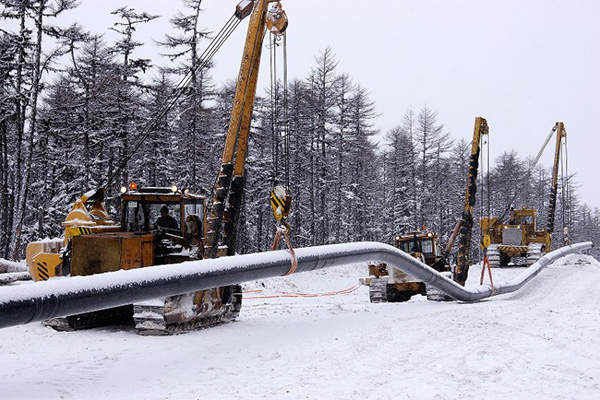
Sakhalin II project, involving the development of the Piltun-Astokhskoye (PA) oil field and the Lunskoye gas field, is the first offshore project in Russia. The fields are located in the Sea of Okhotsk, approximately 16km off the north-eastern coast of the Sakhalin Island.
It is also one of the world’s largest integrated oil and gas projects, comprising major infrastructures, including three offshore platforms, an onshore processing facility, 300km of offshore pipelines and 1,600km of onshore pipelines, an oil export facility and a liquefied natural gas (LNG) plant. The latter two are located within the Prigorodnoye Complex.
Lunskoye gas field was discovered in 1984 and the PA oil field was discovered two years later in 1986. Recoverable hydrocarbon reserves from the two Russian offshore fields are estimated to be 600 billion cubic metres of gas and 170 million tonnes of oil and condensate.
Up to 60% of the LNG from the project is exported to customers located in Japan, while the remaining volumes are exported to those in South Korea, Taiwan, China, Kuwait, the US and Thailand.
1992-1994
In March 1992, the feasibility study for the project was initiated by the MMM Consortium, which comprises Marathon, McDermott and Mitsui. The consortium was renamed ‘MMMMS’ with the entry of Shell and Mitsubishi in September and December, respectively.
The Russian Federation approved the feasibility study in March 1993 and the Sakhalin Energy Investment Company (Sakhalin Energy) was formed by the MMMMS Consortium in April 1994 to implement the project.
A production sharing agreement (PSA), the first of its kind in the country, was signed among the Russian Federation, the Sakhalin Oblast Administration and Sakhalin Energy in June 1994.
1996-1999
Licences for the two fields were issued to the operator in May 1996 and project appraisals were commenced in June that same year. European Bank for Reconstruction and Development (EBRD), Overseas Private Investment Corporation (OPIC) and Japan Bank for International Cooperation (JBIC) provided $116m each for the project.
McDermott exited from Sakhalin Energy in April 1997, following which Marathon’s interest increased to 37.5%, while the interests of Mitsui and Shell increased to 25% each and Diamond Gas-Mitsubishi’s interest increased to 12.5%.
In 1997, the design for the Molikpaq platform’s (Piltun-Astokhskoye-A (PA-A)) steel base structure was completed and the base structure was completed the following year.
The feasibility study for phase 1 of the project was approved by GlavGosExpertiza and the Russian State Environmental Review body in April 1998 and June 1998, respectively. Installation of the Molikpaq production platform at the PA field was completed in September that year.
The PA field started production in July 1999 and its first crude oil cargo was exported in September.
2000
Marathon exited from Sakhalin Energy in 2000, following which the interest held by the remaining shareholders in Sakhalin Energy increased to 55% for Royal Dutch Shell, 25% for Mitsui and 20% for Mitsubishi Corporation.
2001
In June 2001, the development plan for phase 2 was approved.
2002
The feasibility study for phase 2 was presented for review by GlavGosExpertiza and the Russian State Environmental Review body in June and October, respectively.
2003
Full development of the two fields started under phase 2 in May, and the feasibility study for phase 2 was approved by the Russian State Environmental Review body and GlavGosExpertiza in July and December, respectively.
Construction of the LNG plant started in August 2003.
2004
Construction of the TransSakhalin pipeline system started in January 2004. Sakhalin Energy also entered the LNG shipping business by signing a long-term chartering deal with two consortia.
2005
Installation of the Lunskoye-A (LUN-A) concrete gravity base structure (CGBS) and the Piltun-Astokhskoye-B (PA-B) CGBS was completed in July and August, respectively. Sakhalin Energy signed LNG sales agreements with three different companies that year.
2006
Engineering and construction works for the topsides of LUN-A were completed at the Samsung Heavy Industries shipyard in June 2006 and the platform was installed in the same month.
Installation of the tie-in modules for Molikpaq was completed in July 2006, enabling year-round oil and gas production and exports from the platform. Construction of the offshore section of the pipeline was completed in August.
2007
The F3-FA gas field is located approximately 240km north of Den Helder, at a water depth of approximately 40m, within the Dutch sector of the North Sea.
Gazprom acquired a 51% interest in Sakhalin Energy in April 2007. The stakes held by the existing partners are: Royal Dutch Shell (26.5%) Mitsui & Co (12.5%) and Mitsubishi Corporation (10%).
Installation of the PA-B platform, the largest of the three platforms, was completed in August 2007.
2008
JBIC and an international consortium of commercial banks agreed in June 2008 to provide a $5.3bn loan to Sakhalin Energy for implementing phase 2.
Overall construction of the TransSakhalin pipeline system was completed in October 2008 and export of the first crude oil cargo from the oil export terminal was made in December.
2009
Production from Lunskoye-A platform started in January 2009. The LNG plant, the first in the country, was commissioned in February and the first cargo from the plant was shipped in March. Operation and maintenance services for the TransSakhalin pipeline system were handed over to Gazprom transgaz Tomsk (GTT) in April and the second train of the LNG plant started operations in May.
2010
The 100th LNG shipment from Prigorodnoye Complex was achieved in January 2010 and the 200th LNG cargo was delivered in October.
The first-ever 4D seismic in Russia was successfully carried out in the Astokh area to study changes occurring at the project site after years of oil production. The LNG plant reached its full production capacity of 9.6 million tonnes per year in 2010.
2011
Drilling of the first oil rim well at the Lunskoye field was completed in January.
2012
The Russian Federation and Sakhalin Region started receiving their share of profit/production from the project in March. The 500th cargo of Sakhalin LNG was shipped in August 2012 and the LNG plant exceeded its annual design output by producing 10.9 million tonnes of LNG that year.
2013
A total of 10.8 million tonnes of LNG and 5.4 million tonnes of oil were produced from Sakhalin II in 2013.
2014
By April 2014, more than 233 million barrels of oil and more than 51 million tonnes of LNG were produced and exported from Sakhalin II. Preparation of the FEED documentation for the LNG Train 3 is underway.

